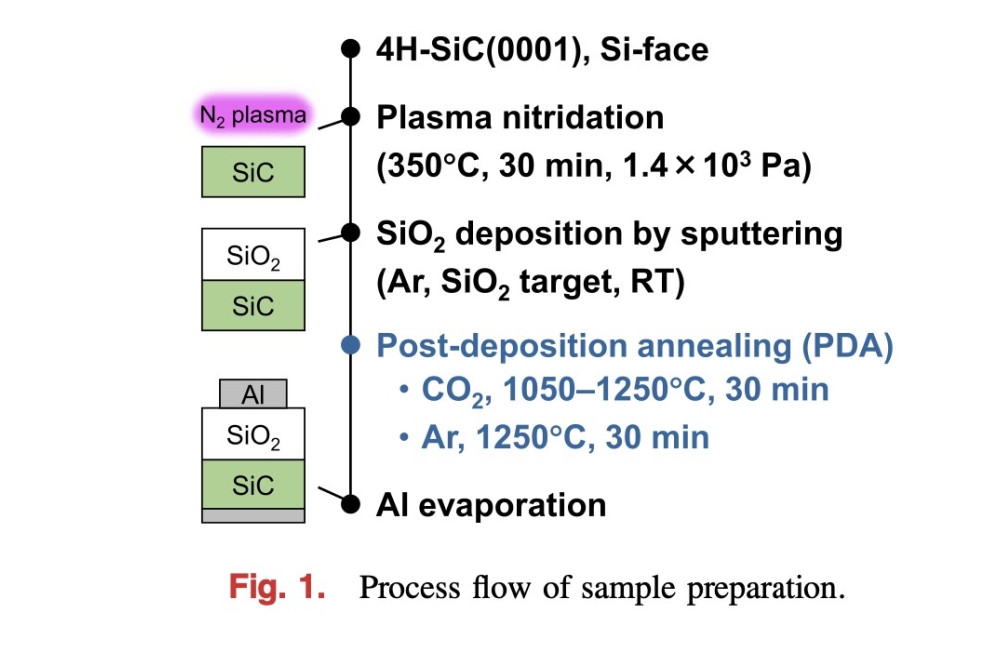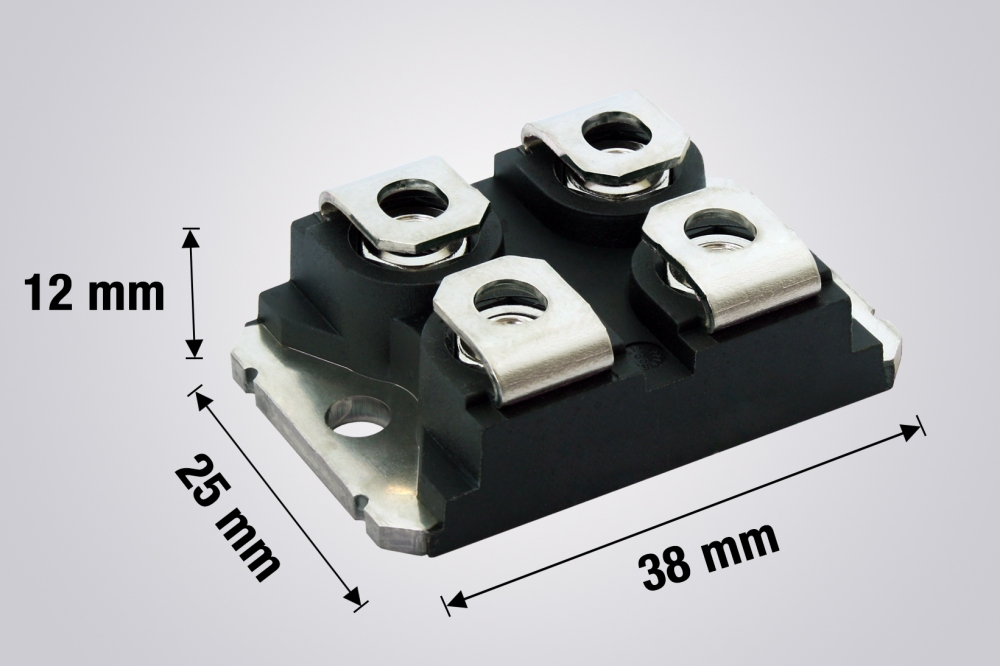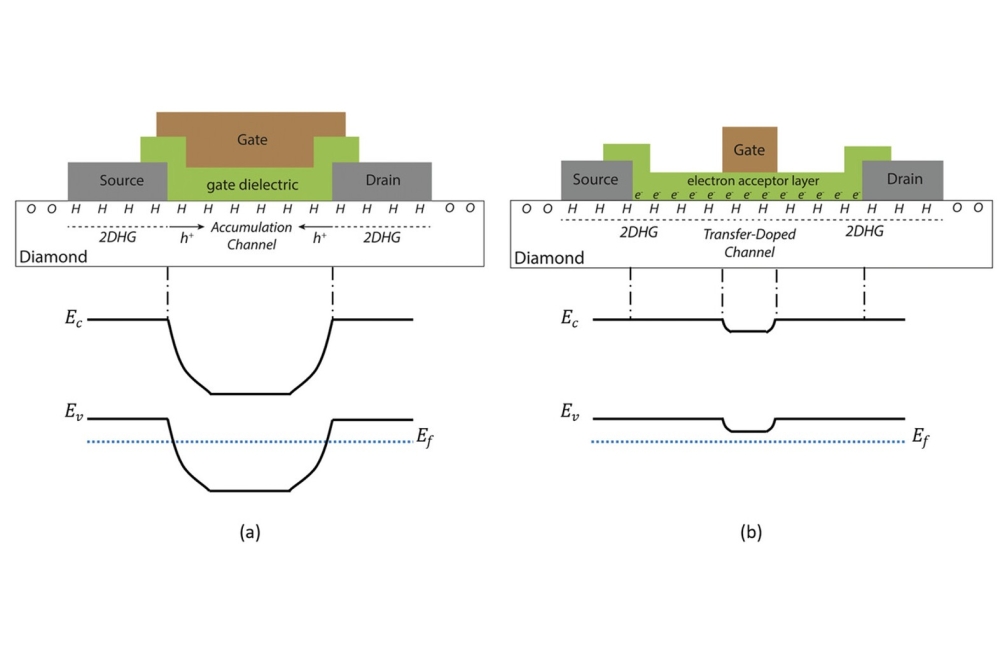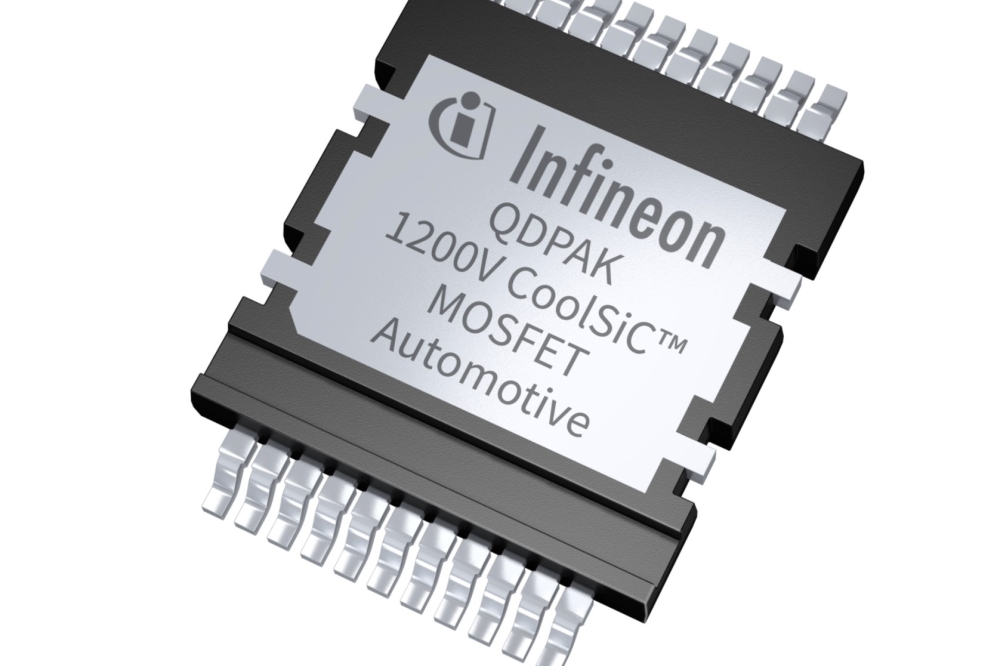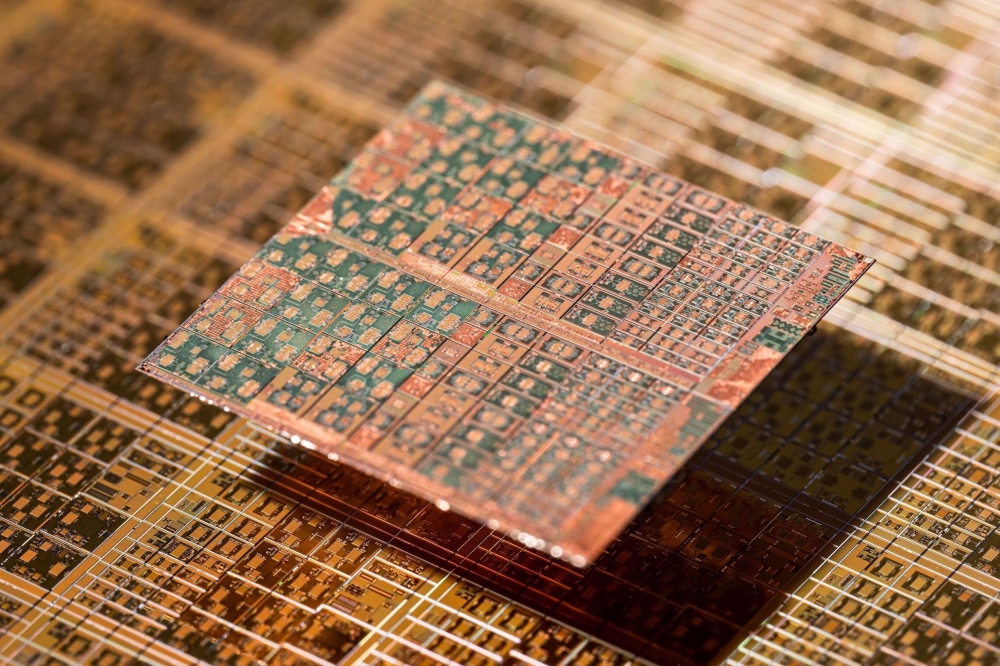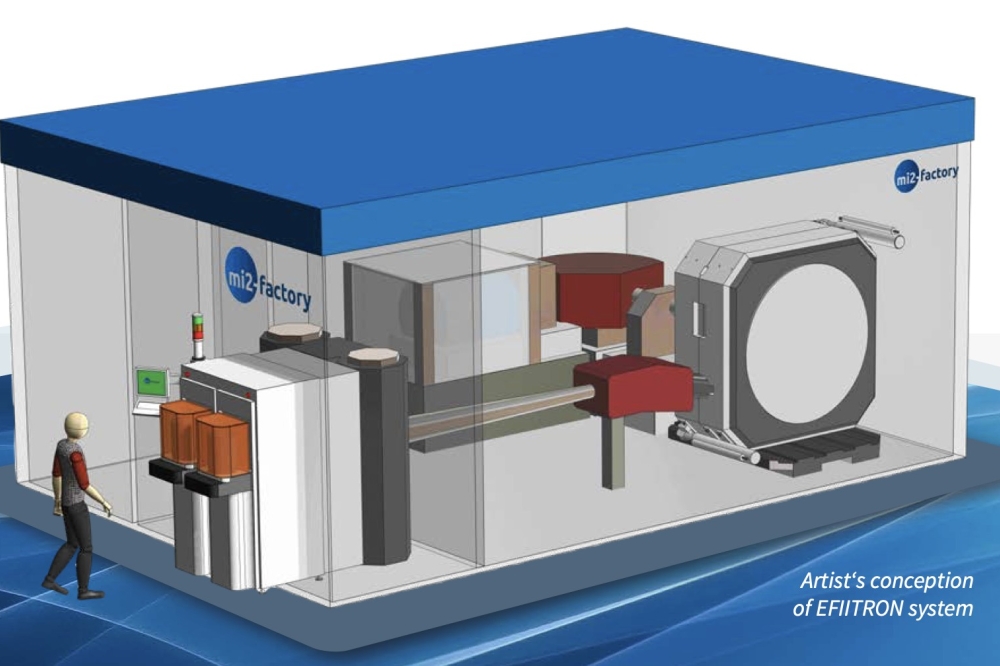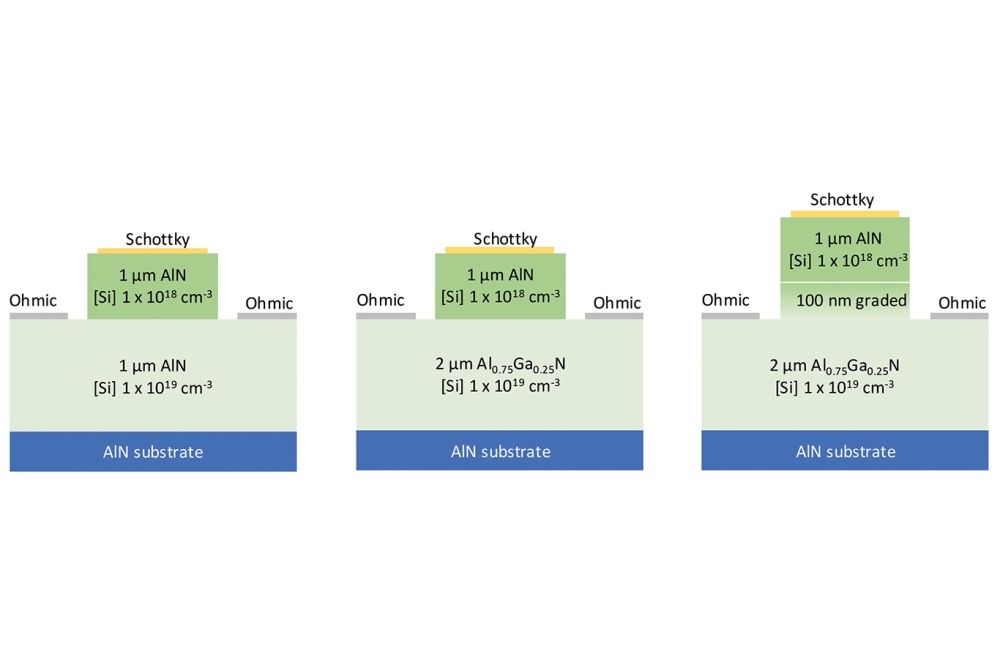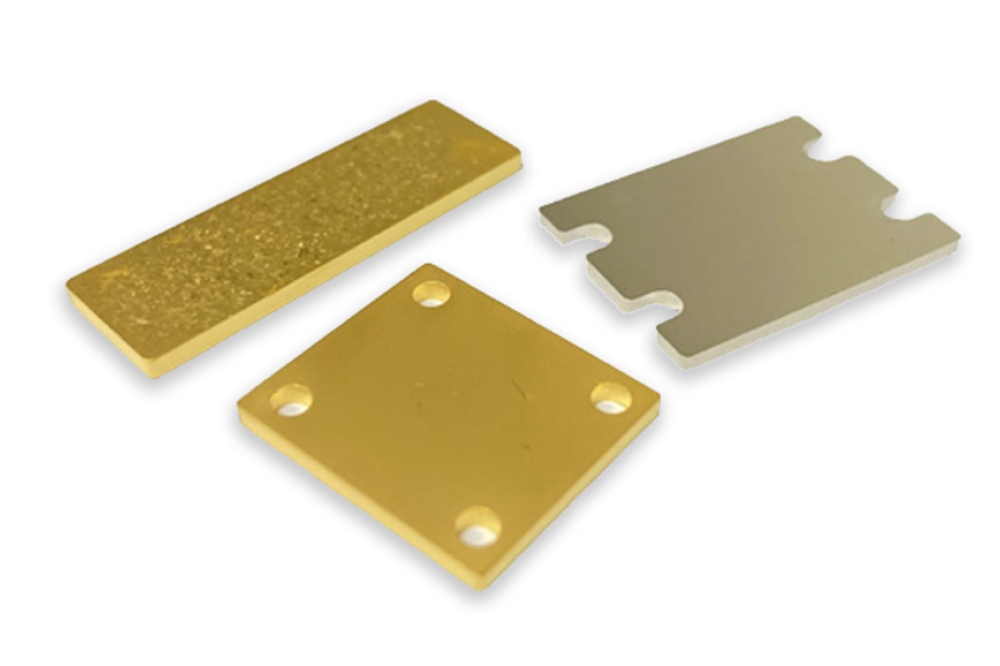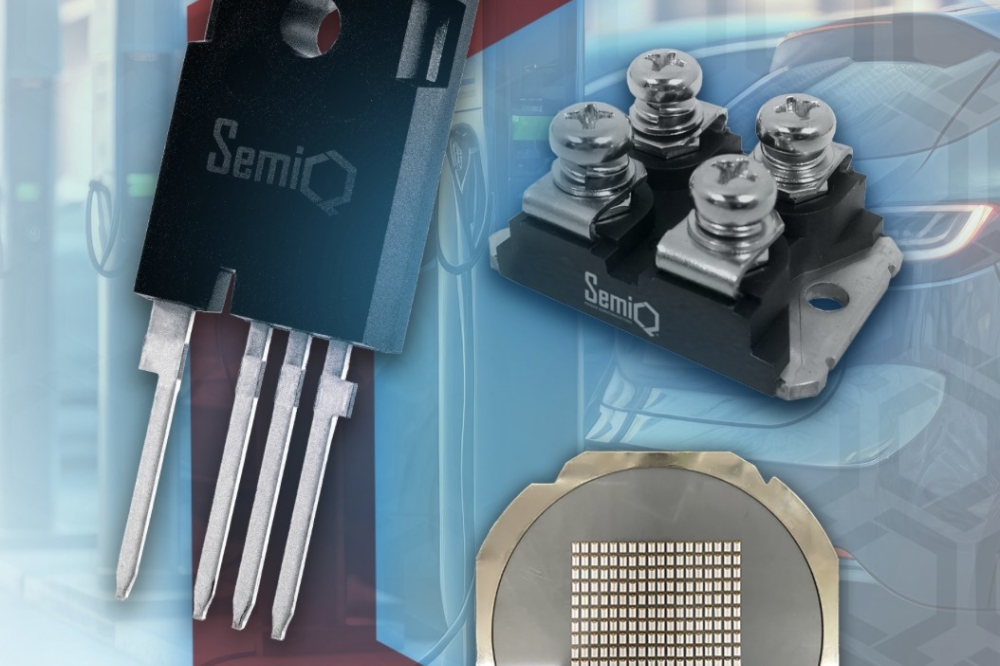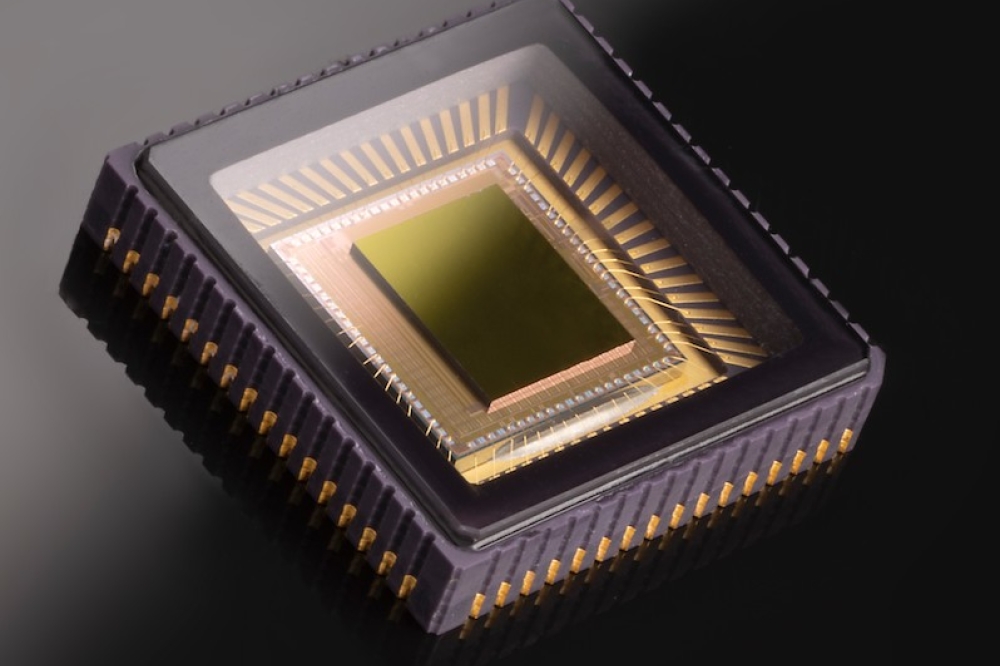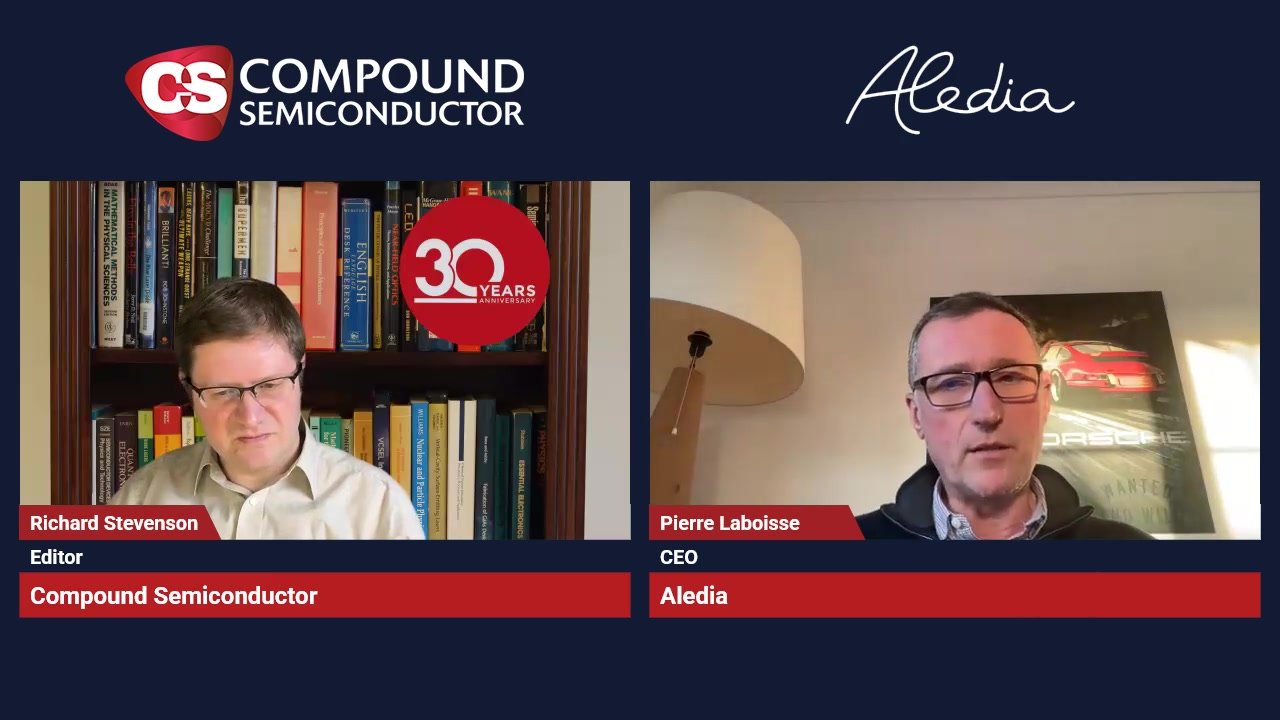Tandem perovskite cell reaches 23 percent efficiency
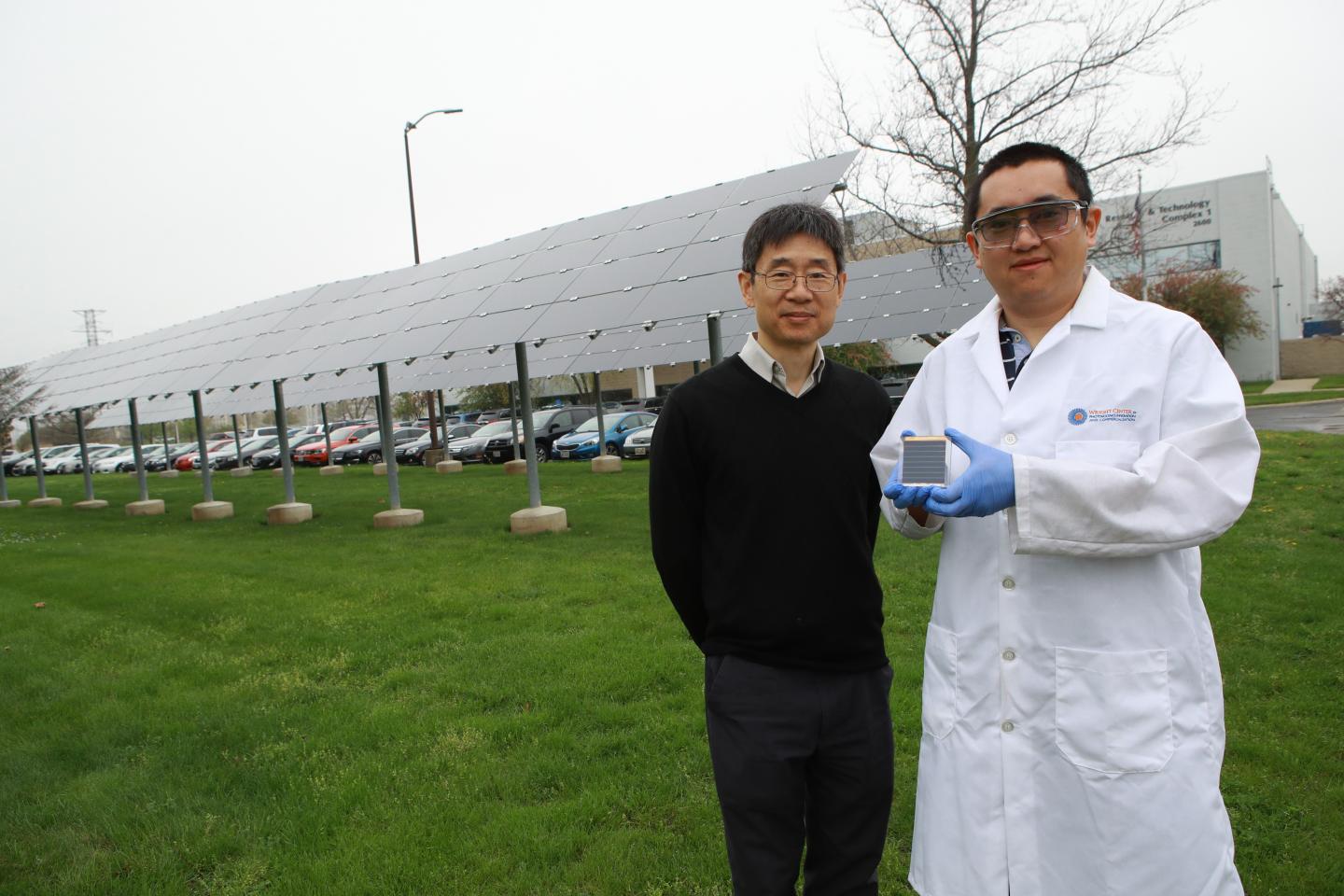
Guanidinium thiocyanate helps to improve structural and optoelectronic properties of lead-tin mixed perovskite films
A University of Toledo physicist has pushed the performance of a tandem perovskite solar cell to 23 percent. In comparison, silicon solar panels on the market today have around an 18 percent efficiency rating.
Working in collaboration with the US Department of Energy's National Renewable Energy Lab (NREL), Yanfa Yan, UToledo professor of physics has been fine-tuning a mix of lead and tin to boost efficiency.
The new research paper, which is published in the journal Science, outlines how the team has used a chemical compound called guanidinium thiocyanate to dramatically improve the structural and optoelectronic properties of the lead-tin mixed perovskite films.
About five years ago Yan's team at UToledo identified the ideal properties of perovskites and he has since focused his 20 years of experience on producing an all-perovskite tandem solar cell that brings together two different solar cells to increase the total electrical power generated by using two different parts of the sun's spectrum.
Last month the US Department of Energy awarded Yan a $1.1 million grant to continue his research in collaboration with the National Renewable Energy Lab.
While Yan's team has improved the quality of the materials and the process to manufacture them at a low cost, more progress needs to be made. The material cost is low and the fabrication cost is low, but the lifetime of the material is still an unknown.
"Also, lead is considered a toxic substance," Yan said. "I am determined to work with the solar industry to ensure solar panels made of this material can be recycled so they don't cause harm to the environment."

